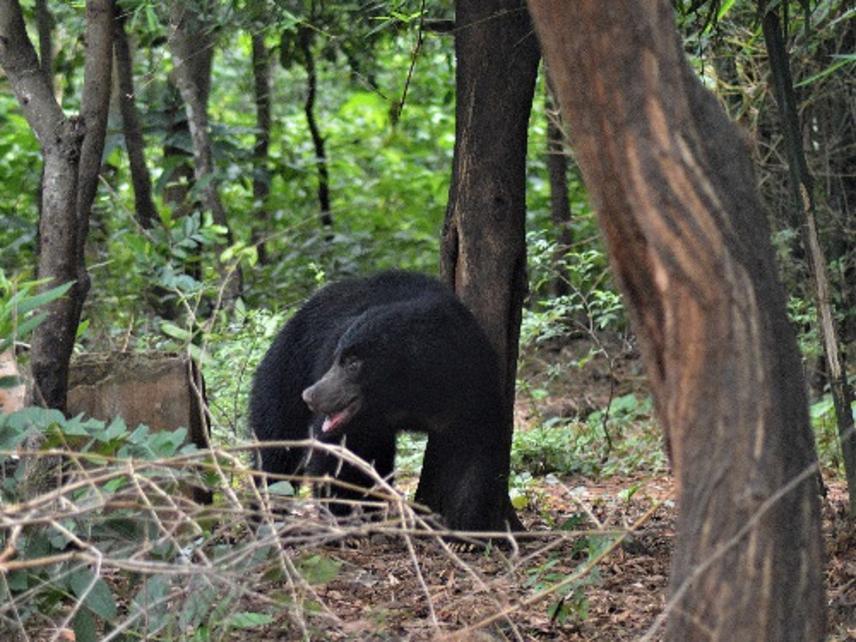Prakash Chandra Mardaraj
Other projects
21 Jul 2014
Identifying Key Issues for the Conservation of Sloth Bear (Melursus ursinus) in Rajnilgiri” Odisha, Eastern India
This study is proposed in a human-disturbed landscape. The conflict in the study area is found to be more acute with the degree of use of the same habitats by human and the bears. There is no information available on the distribution of this problematic sloth bear population. The information on biotic pressure and socioeconomic dependence of local people on the forest will directly reflect the resource exploitation of bear interest by the locals. This will help in understanding the resource need and to minimize with community participation programs. The finding status is required for conservation and scientific management of the problematic population in the project area. The study will help us to know the suitable habitat for the sloth bear along with the local people involved for a healthy coexistence. The study will an exemplar of mitigating the same situation elsewhere in the sloth bear ranging country.

Sloth bear in its habitat.
The sloth bear (Melursus ursinus) also known as the Stickney bear or labiated bear, is a nocturnal insectivorous bear species found in a remarkable number in Swarnachuda Reserve Forest, which is a mixed deciduous forest. It is located in the South-western part of Balasore District under Nilgiri Civil Sub-Division in the State of Odisha. It comes under Mahanadian biogeographical region in Chotanagpur plateau, one of the most neglected landscapes in India.
Presence of Sloth bear is indicative of a healthy, productive forest environment, rich in herbs, forest fruits, etc. Sloth bear is an endangered species and its population is declining in most of the ranging areas. The fact that there is an increasing biotic pressure, encroachment on the forest land and continuous habitat degradation due to quarries and human population growth, the sloth bear populations have become exceedingly abundant and showing an increase in the conflict trend.
The proposed study will provide a baseline information on the population status, biotic pressure and socioeconomic dependence of local people on the forest. This will give us a clear picture to substitute the resource need and minimize the pressure on bear habitat. It was with this concern and mission that the idea through effective conservation education programs among the villagers and communities in the bear conflict areas, will help to encourage the people towards the wildlife conservation.
Through community-based groups, a network of young natives in the villages will come forward to save the bears encounters and to lessen the habitat loss. We will encourage the conscience of wildlife conservation among the conflict-affected community. We have also plan to involve children in different recreational activities so that from an early age we can count on them for a better understanding of co-existence of human and wildlife. The children are key future stakeholders and protectors.
Conservation and protection of the flagship species of the area will also conserve other wildlife species residing in that habitat, no less important for keeping the delicate equilibrium of nature. Placing them under protection would result in protecting all of those other species, with the Bears serving as an umbrella, for all of them in their natural habitats.